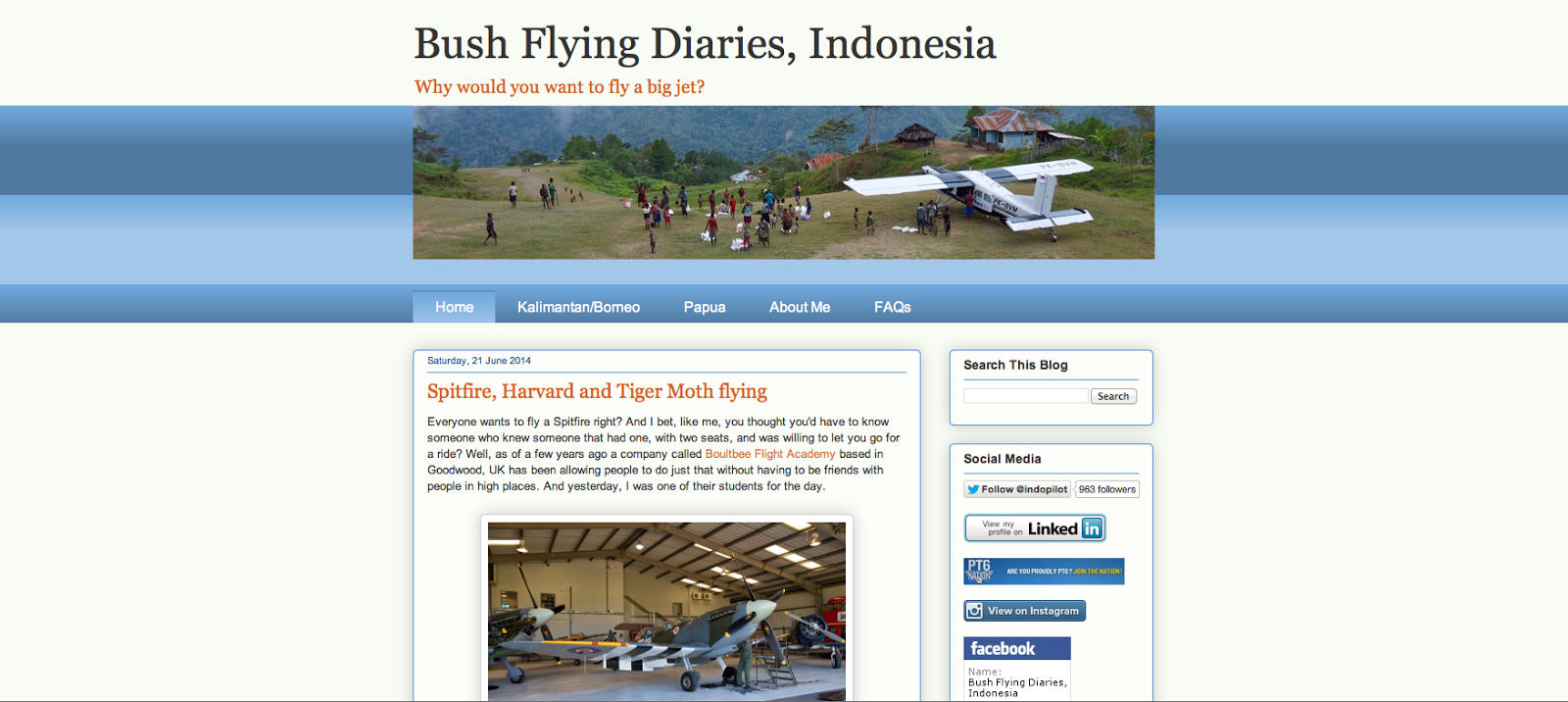This is the first in a series of which I will me documenting my personal tips on watching the Red Arrows display, and locations from which they are best seen. The first in this series is for Dartmouth Royal Regatta in which the Red arrows display every year (Friday 29th August 2014).
Dartmouth is a right on the coastline and sits at the mouth of the river dart, this creates a valley like display stage which is awesome to watch the air displays from.
| Dartmouth, looking out towards the Sea. |
 |
| A map showing where Jawbones hill is relatively to the river front. |
Personally, I watch from the top of Jawbones hill. This means that you are practically at the height the jets are flying at (or evens sometimes above them) as they soar past incredibly close to you. This may not be how the display was designed to watch but for me it really is the ultimately experience, you could almost be flying along in another aircraft as you sit level with the display height.
If you want to view the display from the river front I recommend you get there a little early so you don't end up squashed in the crowd and possibly aim to stand further along the front towards the river mouth as it is usually a little quieter there. If, on the other hand you choose the view it from Jawbones you may want to wear some grippy shoes as it is a little bit of a climb to the top and also bringing a picnic mat to sit on as you are sitting a field, which I find is very cool, with the roar of the jets as they blast past.
| The view from Jawbones |
| View from the river front |
To finish it all of here is video of the display to give you a feel for the display in such a great setting for it!
There we go, I will be continuing this series with a review on the red arrows display with another post tomorrows. If you liked this post why not share it using the bar below, or if you feel I have missed something out or need to ask a question about the display leave a remark in the comments sections below.
Thanks.



























